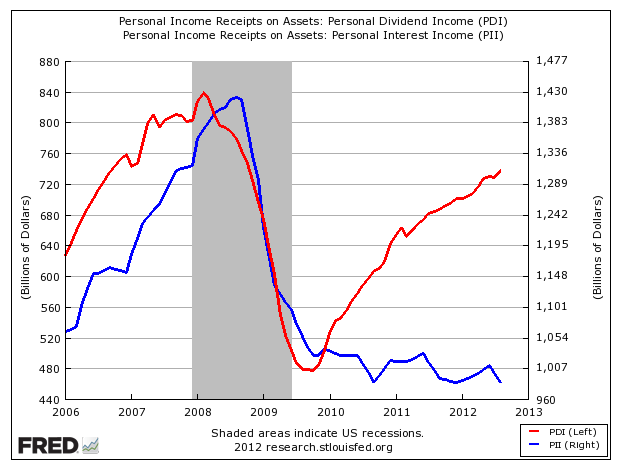 Author: Charles Sizemore
Author: Charles Sizemore
Covestor models: Sizemore Investment Letter and Tactical ETF
Sometimes it is really hard to believe that Wall Street is run by serious, highly-educated professionals. You wouldn’t hear a doctor use a ludicrous expression like “Santa Claus Rally.” You wouldn’t take an accountant seriously if you heard them utter pithy nonsense like “Don’t frown, average down” or “Buy on the rumor, sell on the news.” And you might assume your lawyer was a closet pervert if you heard him speak of “double bottoms,” “higher highs” or “violating the lows.” Yet such is the vocabulary of the men and women of the investment profession.
And if the practitioners seem to make little sense, it is because the markets that they follow make little sense. Stocks soared on Monday, breaking one of the worst seven-day stretches in recent memory. The catalyst? An unsubstantiated rumor that the IMF would be giving Italy an emergency loan. (The IMF denied the rumor, by the way.)
Don’t waste your time trying to make sense of this or trying to establish cause and effect. It will never make sense, because traders don’t really react to information. They react to each other.
The European crisis is a case in point. Italy is sliding towards default because its demise has become a self-fulfilling prophecy. Yes, Italy has shamefully high levels of debt due to years of irresponsible governance (thank you, Mr. Berlusconi). But then, so does Japan. Japan’s public debt is 220 percent of GDP compared to Italy’s 120 percent of GDP. Italy, unlike Japan, is also running a primary budget surplus. Before interest costs, Italy’s books are in the black. Japan certainly cannot boast this, yet Japan remains a “safe haven” while Italy is on the verge of meltdown.
Why? In the circular logic of markets, Japan is safe and can continue to service its gargantuan debts indefinitely because the interest rate it pays is low. Rather than rates adjusting to the perception of risk, the perception of risk has adjusted to an environment of low rates. Yet this reasoning flows the other way in Europe. Italian yields are not rising because Italy has suddenly become riskier. Italy has become riskier because rising rates make it harder for the country to service its debts.
One might conclude that the so-called “bond vigilantes” suffer from severe schizophrenia.
As investors, we can learn a couple important lessons from this:
- When you borrow money, you subject yourself to the cruel whims of the capital markets. This is as true for countries as it is for companies and individuals.
- Risk has a price, and you should never pay too much for it. Neither party is likely to come out well in the end.
If bond investors had demanded higher borrowing rates from Italy years ago, we wouldn’t be in this mess today. Italy would have been forced to borrow less and live within her means. Likewise, when investors shower companies with capital and bid their stock prices to ridiculous levels, both those investors and the company suffers. Management makes suboptimal decisions and the investors generally see poor returns going forward.
Government debt has, in the words of newsletter writer James Grant, moved from offering a “risk free return” to a “return free risk.” It is madness to buy 10-year American, German, or Japanese securities at the yields on offer.
With all of this said, where should investors put their money? Staying in cash is not a viable long-term option, and most bonds are unattractive at current prices. Given that this article has focused on the irrationality of markets, my answer might surprise you. I recommend investors turn to equities.
This is not a call to simply buy an S&P 500 index fund and buy, hold and pray. Instead, I recommend that investors specifically pick and choose low-debt companies that were able to raise their dividends in the crisis years of 2008 and 2009.
Any company able to raise its dividend during the worst financial crisis in 100 years is a company that can survive almost anything. Even the destruction of the euro. And given that many stocks trade near valuation lows last seen three decades ago, your chance of permanent or long-term loss would seem to be small.
Some candidates to consider: McDonalds (NYSE: MCD), Wal-Mart (NYSE: WMT), and Walgreen Co. (NYSE: WAG). All three have raised their dividends every year for the past decade, and all three currently yield more than the 10-year bonds of the United States, Germany, or Japan.
Disclosure: Author does not currently hold positions in any securities mentioned, though he may initiate a position at any time.



